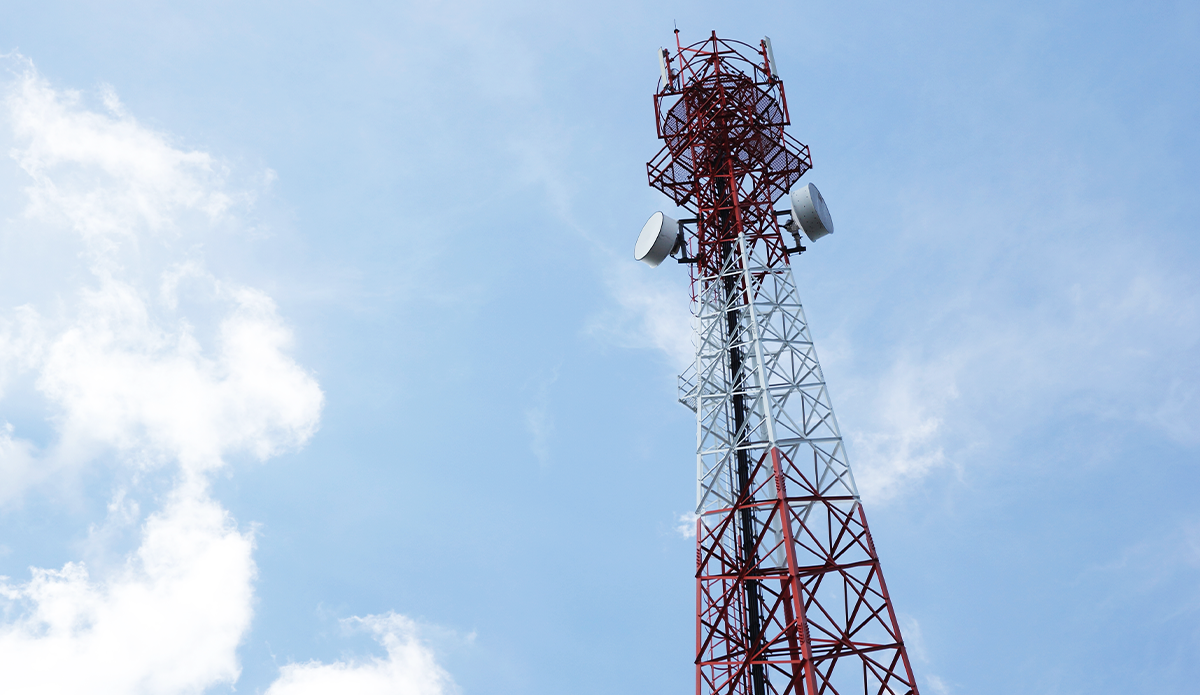Broadband contract ending soon? Lucky you
Receiving that end date notification means you’ve got a chance to save more money.
What’s more – it doesn’t take half as much time or effort as you might think either.
Given how the cost-of-living crisis has affected us all, it’s never been more crucial to compare and switch.
We see a lot of customers being pleasantly surprised at how much they could save on their broadband.
Despite this, it’s often overlooked – and for reasons that surprise us.
Did you know you could save nearly £200 a year by switching your ISP?
What about auto-renewal?
Unfortunately, loyalty doesn’t help you save money!
Although it became law in 2020 for energy suppliers for notify customers when their end date is due, this doesn’t mean you don’t have to act on it.
In most cases, you’ll continue your current plan – but not necessarily for the same price.
Say you chose your current 12/18/24 month contract because of its low monthly price, this will only be for a limited time.
Despite Ofcom making it law to notify customers, a lot of people are still facing an unpleasant surprise when their contract end date arrives.
Why don’t more people switch?
We see a lot of customers reluctant to switch, either out of misguided loyalty or because switching seems like a lot of hassle.
According to a recent Which survey, 43% of people say they stay put because they’re happy with the service. This is fair enough, but is it worth paying more for? Fibre is more widespread and affordable than ever before, so you might find a new supplier makes you even happier!
37% are afraid they’ll lose their current email address. These days, losing your email is unlikely – but it’s quick and easy to set up a separate one.
32% say they fear the whole process is “too much hassle”.
We’re here to compare and switch for you, so you get to enjoy a seamless change over.
A bit of bargain hunting pays off – especially when you do it with our experts.
Switching is easier than you think
A lot of broadband networks now share the same infrastructure, making a switch over quick and easy. It’s highly unlikely that you’ll be left without an internet connection during your switch, even if you’re upgrading from ADSL to fibre.
Generally, you’ll never be waiting longer than 2 weeks for the transition to be complete – and this for the most complex switches.
Saving doesn’t mean downgrading!
More properties are eligible for fibre than ever before. In fact, 95% of properties can now access superfast Wi-Fi – but a lot of homeowners don’t know this!
If it’s been a while since you last changed deals, you’ll be surprised at how many suppliers have upgraded their service.
Because fibre is readily available, prices are competitive – making it all the more crucial to compare.
Don’t let your end date creep up – or else your bill will creep up too!
Find the best deal today
Once you’ve given us your postcode, we scour the web to find every available deal in your area.
We handpick deals from a range of suppliers (including bundles and 4G routers).
Plus, you’ve got our friendly, impartial advisors to help guide you through the process too!
Search for your new broadband deal in a few clicks.
With the help of our experts and our free tool, you can also find your next mobile deal with us too.

